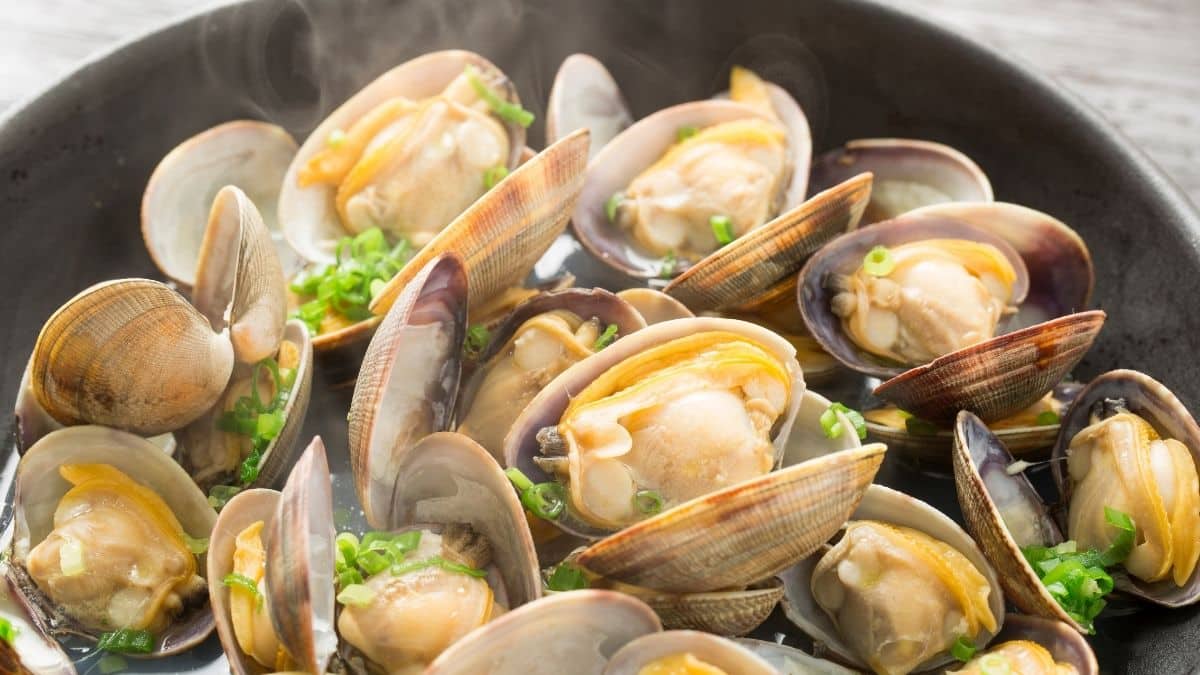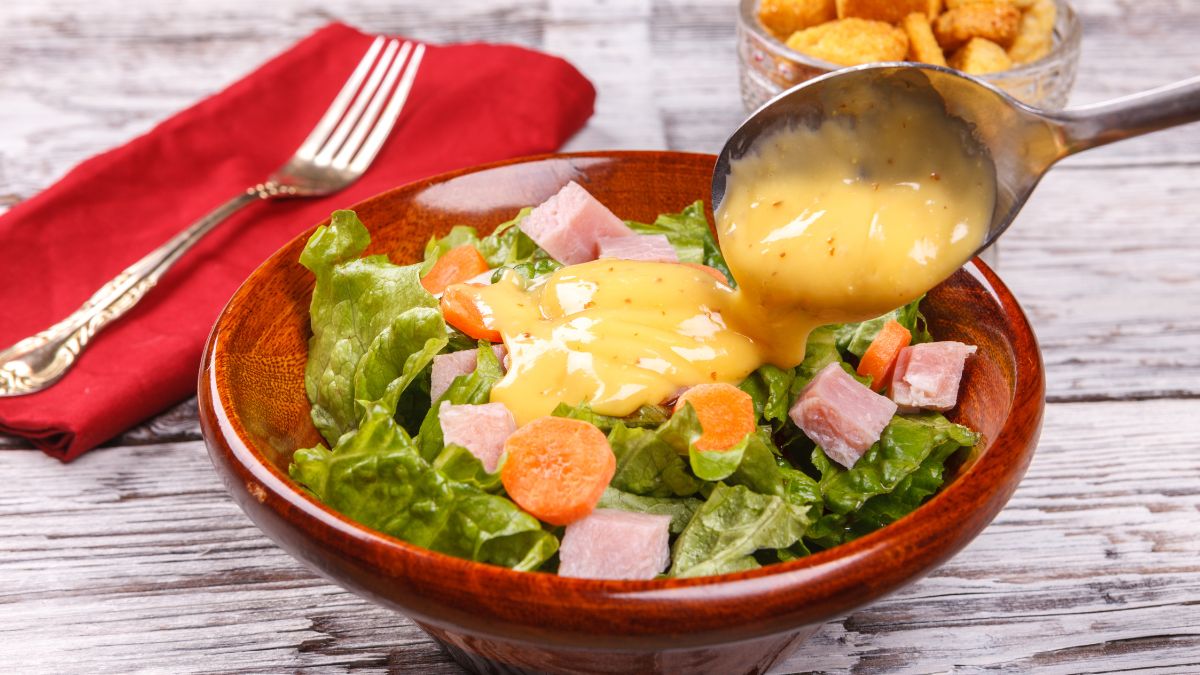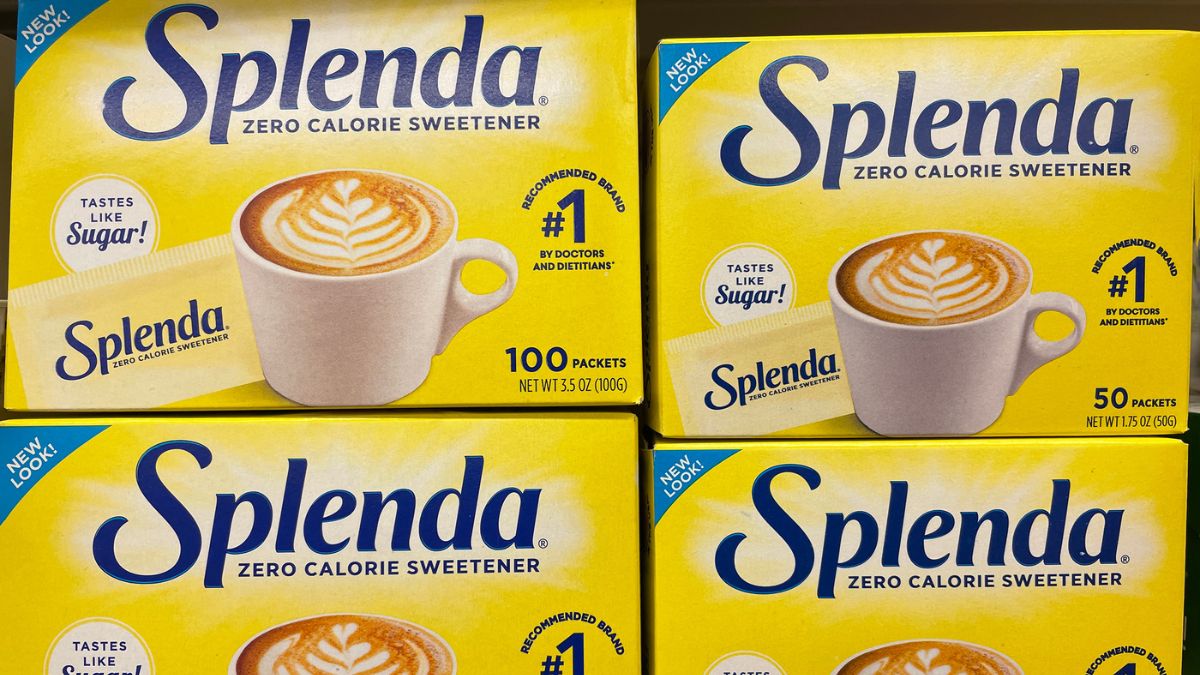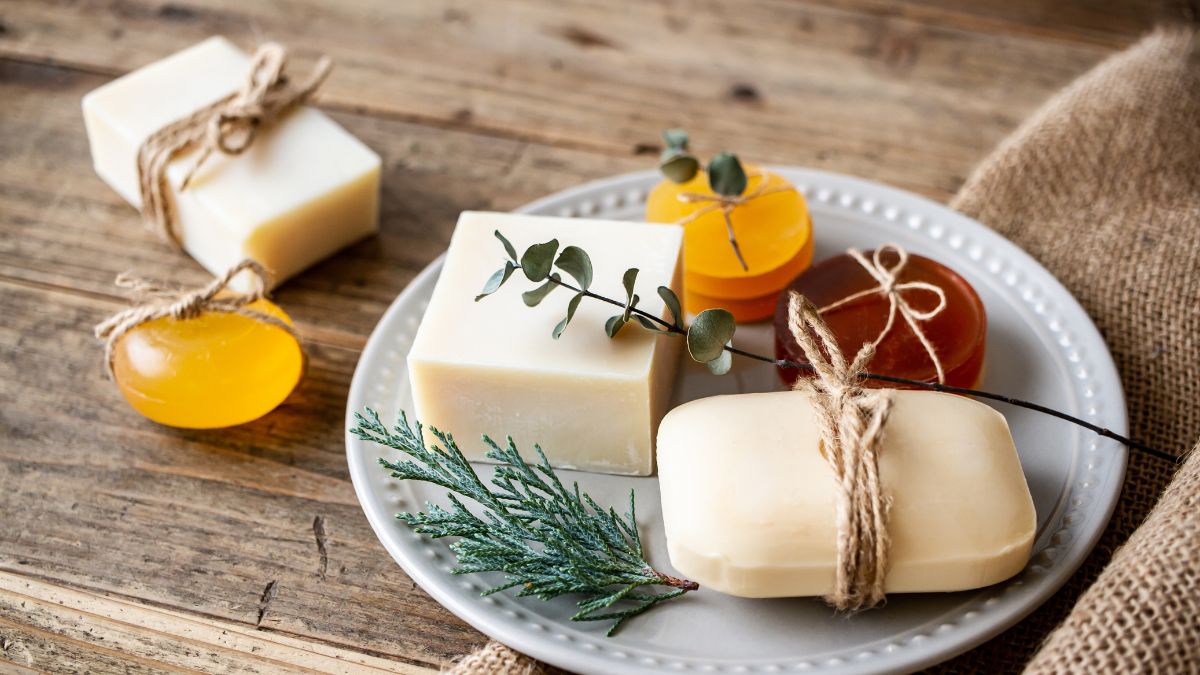Answer: It depends. In the strictest sense of veganism – no. However, if your definition of veganism is built on the pillar of organisms not experiencing pain, you may consider clams vegan.

The Debate Surrounding Bivalves
Clams belong to the class Bivalvia, a sub-collection of freshwater and marine organisms. Being invertebrates, they lack a dorsal nerve cord (which grows into a more extensive nervous system in sentient beings) and are famously stationary.
This has led to a consensus among scientists that invertebrates do not feel pain. They lack a central nervous system and do not possess a brain. Like plants, they react to stimuli but do not initiate actions independently. Of course, this conclusion stems from the lack of an emotionally-driven chemical response in the face of external stimuli.
Clams fall into a problematic category, however. While they may react to pain, there is undoubtedly no conscious thought. Relying on instincts to carry them forward into life from one moment to the next, the challenge is determining whether they avoid pain or not.
Are Clams Vegan?
It’s challenging to quantify subjective experiences. Even though clams lack a central nervous system, reactions to stimuli exist – even if they are in the form of an increase in heart rate or reflex. The bridge that connects consciousness and the nervous system’s presence is one of the mysteries that scientists are still exploring.
If your definition of pain includes emotional and psychological distress, then it is better to err on caution. Further research is required to prove which side is correct definitively.
Nutritional Benefits
Clams, if eaten from reputable sources, can provide many nutritional benefits.
Iron
A 3oz serving contains 22mg of iron. It gives rise to two fundamental benefits. First, iron helps ensure that red blood cells have enough hemoglobin, allowing oxygen to be transported throughout the body.
Second, iron can help with aging well. Iron deficiency is uncommon among adults, but its prevalence increases as you age. It is recommended that adults have a daily intake of 8mg of iron.
Vitamin C
Oranges aren’t the only source of vitamin C – clams can also provide a decent amount. A 3oz serving of oranges provides 33mg of vitamin C, while a 3oz serving of clams equates to about 18mg. That’s not too bad.
The Office of Dietary Supplements recommends that male adults receive around 90mg of vitamin C a day while female adults get around 75mg. However, this number increases to 85mg for pregnant women and 125mg for breastfeeding women.
In addition to avoiding scurvy, vitamin C intake can provide many benefits, from decreased risk of cancer and cardiovascular disease to avoiding cataracts and helping the body combat the common cold.
Vitamin B12
Harvard Medical School’s report entitled ‘Making Sense of Vitamins and Minerals’ recommends that the average adult receive 3 micrograms (mcg) of B12 daily. Clams boost this by providing a whopping 84mcg in a 3oz serving.
B12 aids in maintaining healthy nerve cells, producing DNA & RNA, and regulating normal brain function. Typically, aging demographics suffer from a B12 deficiency due to aging factors, but vegans can suffer, too, due to their strict dietary choices.
Omega-3 Fatty Acids
Clams can provide 241mg in a single 3oz serving. This falls short of the recommended intake of 1.1g for adult women and 1.6g for adult men but can be increased by combining other rich sources such as flaxseeds, soy beverages, and walnuts.
Omega-3 can help blood clotting, reduce the risk of heart disease and stroke, and help diminish cancer risk. It is crucial from a mental health perspective as studies have shown they can help reduce depression and anxiety.
Zinc
Adult males are recommended to have 11mg, while 8mg is recommended for adult women. In both cases, the 2.3 mg of zinc can be found in one 3 oz serving. While not the best resource for zinc, clams can help reduce the dependency on one particular source.
Protein
Clams are a rich protein source, providing 22g in a 3oz serving contains only 2g of fat. Protein is a crucial ingredient in maintaining a healthy body. It helps build strong bones & muscles, repairs them, transports oxygen throughout the body, and even supports hormone regulation.
Vegan Alternatives
If you aren’t comfortable with eating clams – that’s completely understandable. Here’s a list of foods that contain a similar amount of nutrients that will satisfy your taste buds and help put your mind at ease.
Oyster Mushrooms
Grown during the hard times in Germany during World War I, oyster mushrooms are a fantastic substitute for clams. First, they lack a nervous system, meaning there is no concept of pain for them on any level.
Second, they can provide a meaty experience if you’re a transitioning vegan. That means you can use them for burgers, soups, and chowders.
Third, oyster mushrooms can be responsibly grown. In nature, these mushrooms may latch on to other animals or degrade the local environment, but reliable labs can safely grow them with minimal environmental impact.
Yukon Gold Potatoes
If mushrooms are still a bit icky of choice, you’ll love Yukon Gold Potatoes.
Let’s say you have a diet with a daily intake of about 2,000 calories. If you integrated a 150g serving in your diet, that would mean you get 3g of protein, 10mg of sodium, no fat, and a decent amount of potassium and vitamin C. Top that off with 2g of dietary fiber.
Plus, the ways these potatoes are grown make them durable for grilling, pan-frying, and roasting. Oh, and they have a sweet flavor!
Dulse
The astute reader might have noticed that Omega-3s were missing in the previous two alternatives. Don’t worry; dulse’s got you covered!
Dulse is a seaweed from the North Atlantic and Northwest Pacific oceans. A 1oz serving of dulse provides 4-134mg of omega-3s (depending on the quality) while also serving as an additional protein source.
Dulse can be eaten in various ways – dried, flaked, or tossed into a tofu sandwich.
Tofu
Tofu is one of the best protein sources – beating milk, eggs, and ground beef. 100 g of tofu contains 9.41 g of protein, 176 mg of calcium, 1.69 mg of iron, and no sugars or cholesterol.
Plus, it is a well-known substitute for meat/seafood. There are many non-GMO brands, so you can rest assured that there aren’t any side effects.
It does contain some anti-nutrients, but that can quickly be taken care of by thoroughly soaking them in water and washing them clean. Sandwiches, anyone?
Health Concerns
While clams are generally safe to eat, proper care must ensure they are cooked well. Young children, pregnant women, and the elderly shouldn’t subscribe to a clam-heavy diet.
Additionally, if you suffer from liver disease, have bowel syndrome, or achlorhydria, it’s better to stay off clams in any form.
Furthermore, it is recommended that you ensure that the product’s source is reliable and transparent about the business process, from harvesting to selling. Foodborne illnesses are a potential risk if safety measures are not adhered to.
Before enjoying shellfish like clams, it’s important to ensure that you or your loved ones are not allergic, as shellfish remain one of the most common allergens in the US. Reactions can range from mild symptoms like skin rashes and nausea to more severe issues such as high fevers and diarrhea. If you experience any discomfort, contact your healthcare provider promptly—prioritizing caution is always wise when it comes to your health. Interestingly, as research in 2025 continues to explore whether clams and other shellfish are conscious creatures, understanding their biology also helps highlight the importance of safe consumption and allergy awareness.
Final Thoughts
Clams are a tricky topic for vegans, depending on how they define life – and then there’s the whole problem of consciousness.
If you’re comfortable with the current scientific consensus, clams are a highly nutritious source to integrate into your diet. If not, there are plenty of alternatives.




